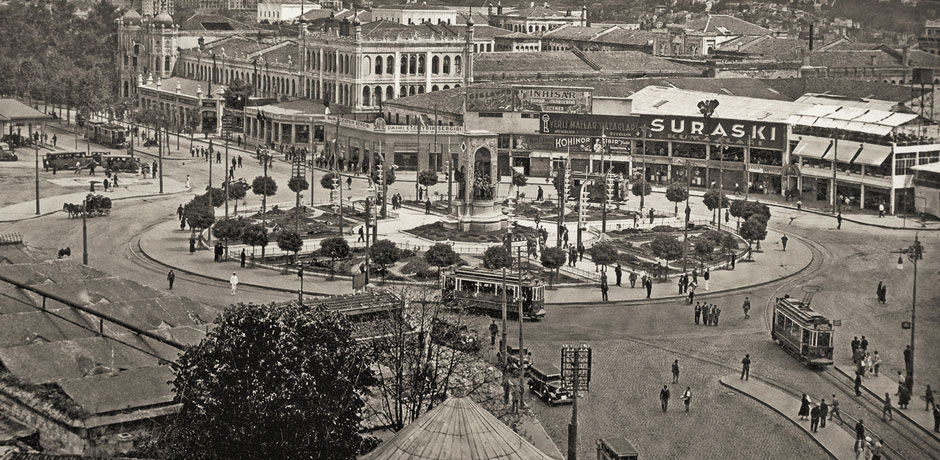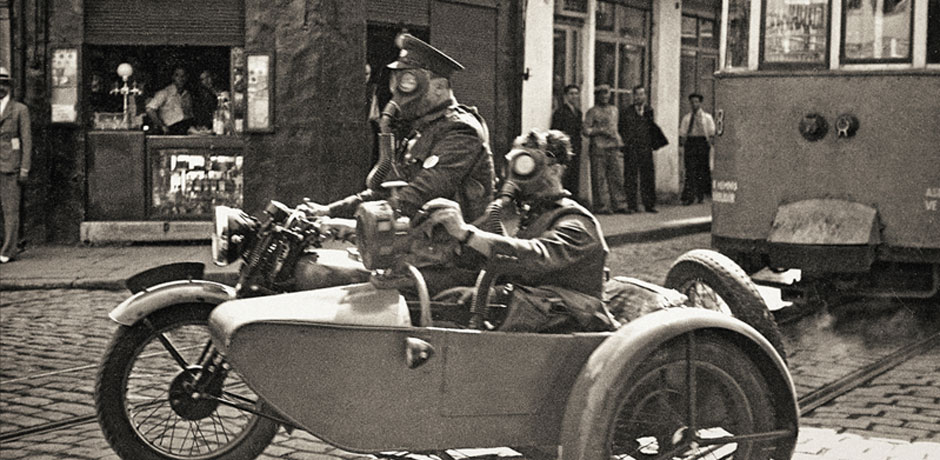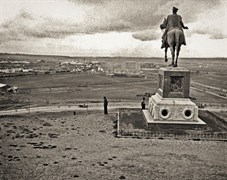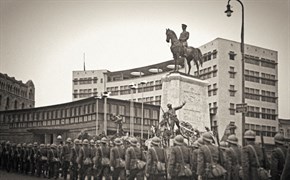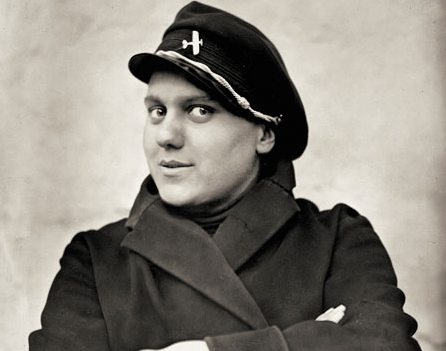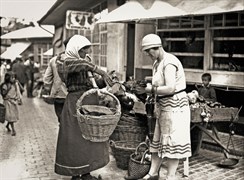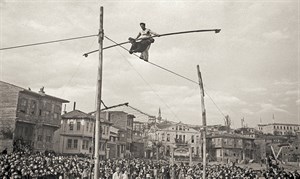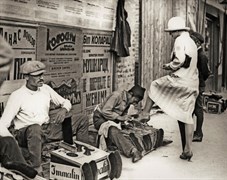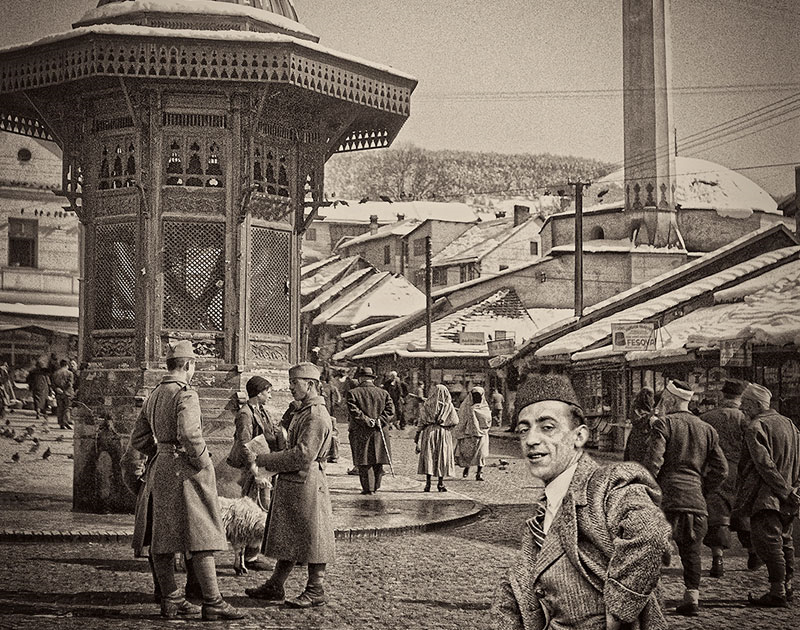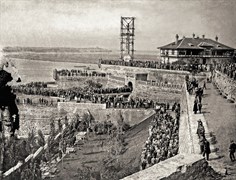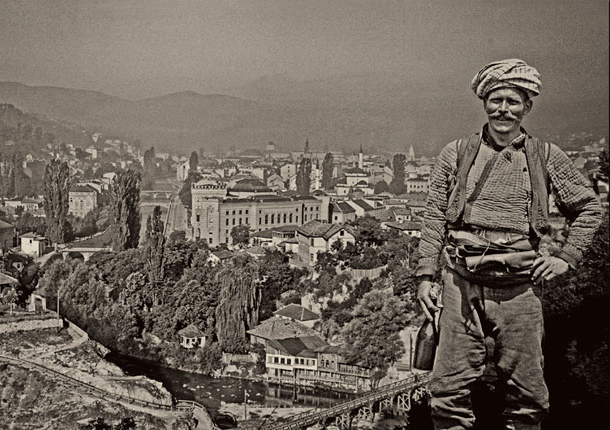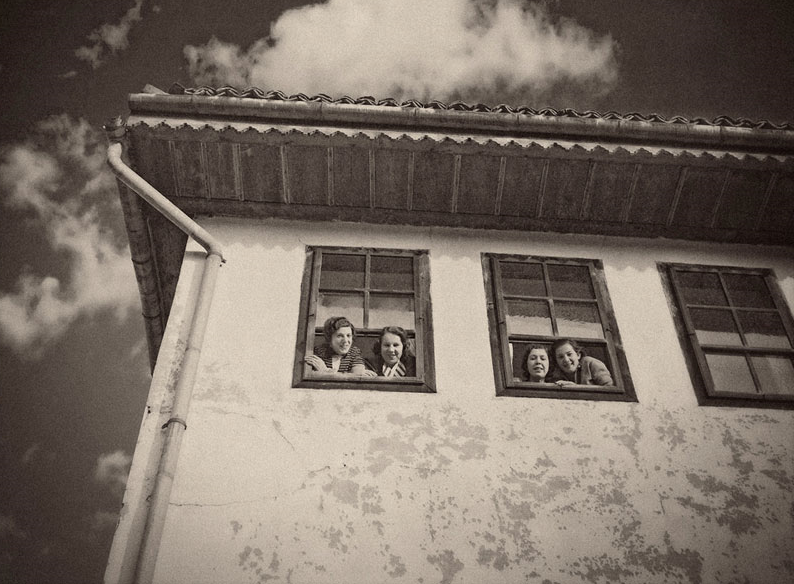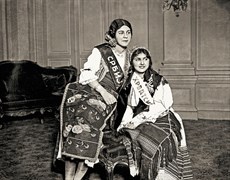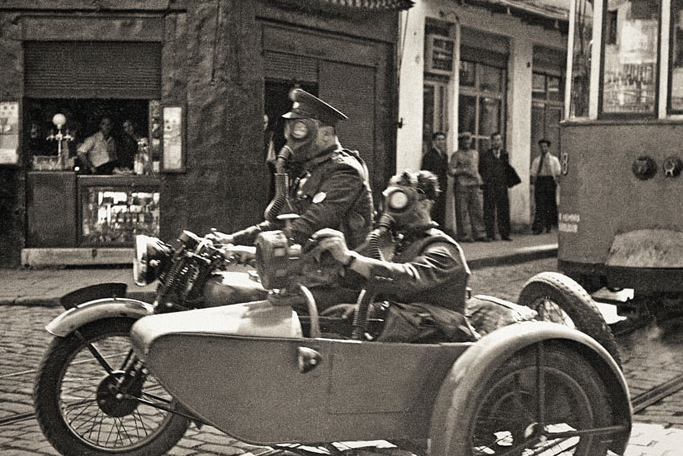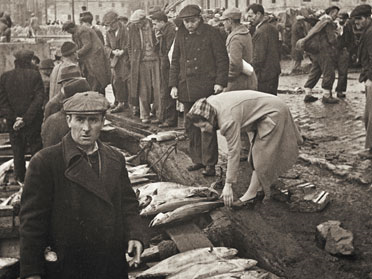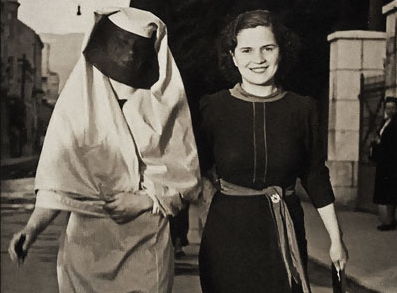5/23/2018 - 7/29/2018
Cities on the Move - Post-Ottoman
Yapı Kredi Culture and Art
Ankara, Belgrade, Istanbul and Sarajevo through the press photographers' lens, 1920s and 1930s
The University of Basel (Switzerland), in cooperation with Yapı Kredi Culture, Art and Publishing and the Museum of Yugoslavia (Belgrade, Serbia) presents the exhibition “Cities on the Move - Post-Ottoman”. The project lead and curated by Prof. Dr. Nataša Miškovic will open at Yapı Kredi Cultural Centre on Tuesday, 23 May 2018.
“Cities on the Move - Post-Ottoman” is an exhibition that depicts the development of new states that emerged from the remains of the Ottoman Empire, through photo material taken from the Turkish and Yugoslav daily newspapers. The exhibition presents two hundred carefully selected, digitally processed photographs that record the changes in four cities: Istanbul and Ankara, Belgrade and Sarajevo during the 1920s and 1930s. Through the lenses of photo journalists from the papers “Cumhuriyet” and “Akşam” (Istanbul) and “Politika” and “Vreme” (Belgrade), the exhibition explores how the city centres were recreated in order to present the values of the new elites, how a modern citizen was made through mass sports events and new trends in dress and behaviour, while everyday life on the street continued to function without change.
This travelling exhibition, which had its premiere in Basel, is the result of the academic research project 'SIBA – A Visual Approach to Exploring Everyday Life in Turkish and Yugoslav Cities, 1920s and 1930s', which is being carried out under the direction of SNSF research professor Nataša Miškovic at University of Basel's Middle Eastern Studies. The project is funded by the Swiss National Science Foundation.
The exhibition is available in the four languages German, English, Turkish and Bosnian-Croatian-Serbian and aims to relate Turkish and Yugoslav historical experiences within broader European history. In Turkey and the former Yugoslavia, the exhibition intends to stimulate the public debate on the Ottoman heritage: By commemorating the joint historical trajectories that existed alongside the respective differences, and which have been lost in the course of the establishment of national states, the exhibition contributes to mutual understanding in the region.
The exhibition is organized along five topics: cityscapes, nation and the body, dressing the nation, leisure, and the bazaar. It challenges and encourages the visitors to explore and to guess each city where the photographs have been taken, emphasizing that each of these four cities have much more in common than we presume today. Extensive information on many of the photographs is available on the academic online database 'Visual Archive Southeastern Europe (VASE)', a project administered by Miškovic in cooperation with the University of Graz.
In addition to the Basel research team and the Belgrade Museum of Yugoslavia, professor of photography Mehmed A. Akšamija from the Sarajevo Academy of Fine Arts, and Belgrade exhibition designers Irena and Igor Stepancic participated in developing the exhibition.
As a world premiere, the documentary film Zeitgeist (Zamanın ruhu, 27'), produced by Miškovic in cooperation with the well-known Czech-Croat film director Lordan Zafranovic, will be presented at the Istanbul exhibition opening. Accompanied by the magical voice of Bosnian singer Bozo Vreco, and based on the exhibition pictures, the film takes the spectators on an emotional journey through progress and destitution, tradition and modernity, good times and bad times in the southeast of Europe.
The exhibition will be open to visitors until 29 July 2018. During this period, the film Zeitgeist will be screened as a part of the exhibition.
